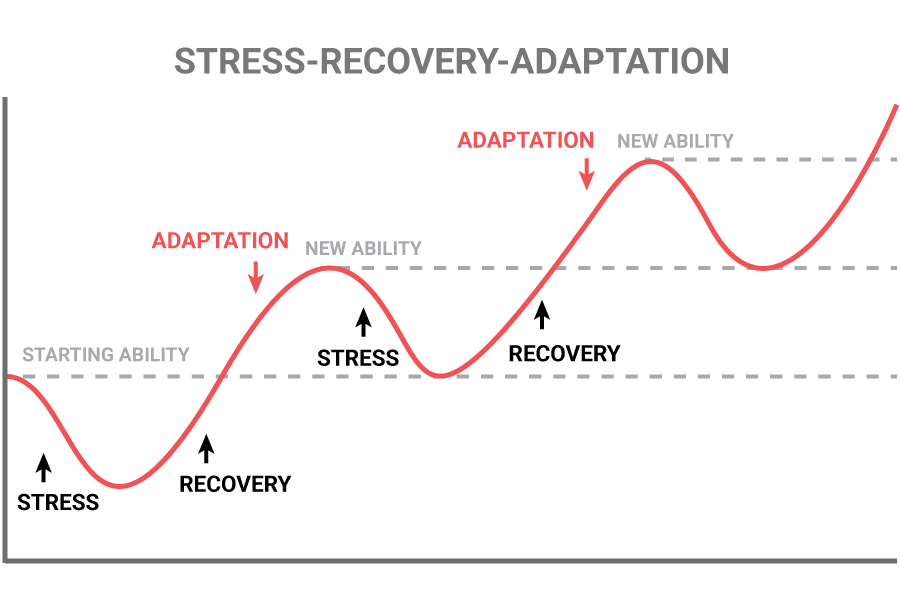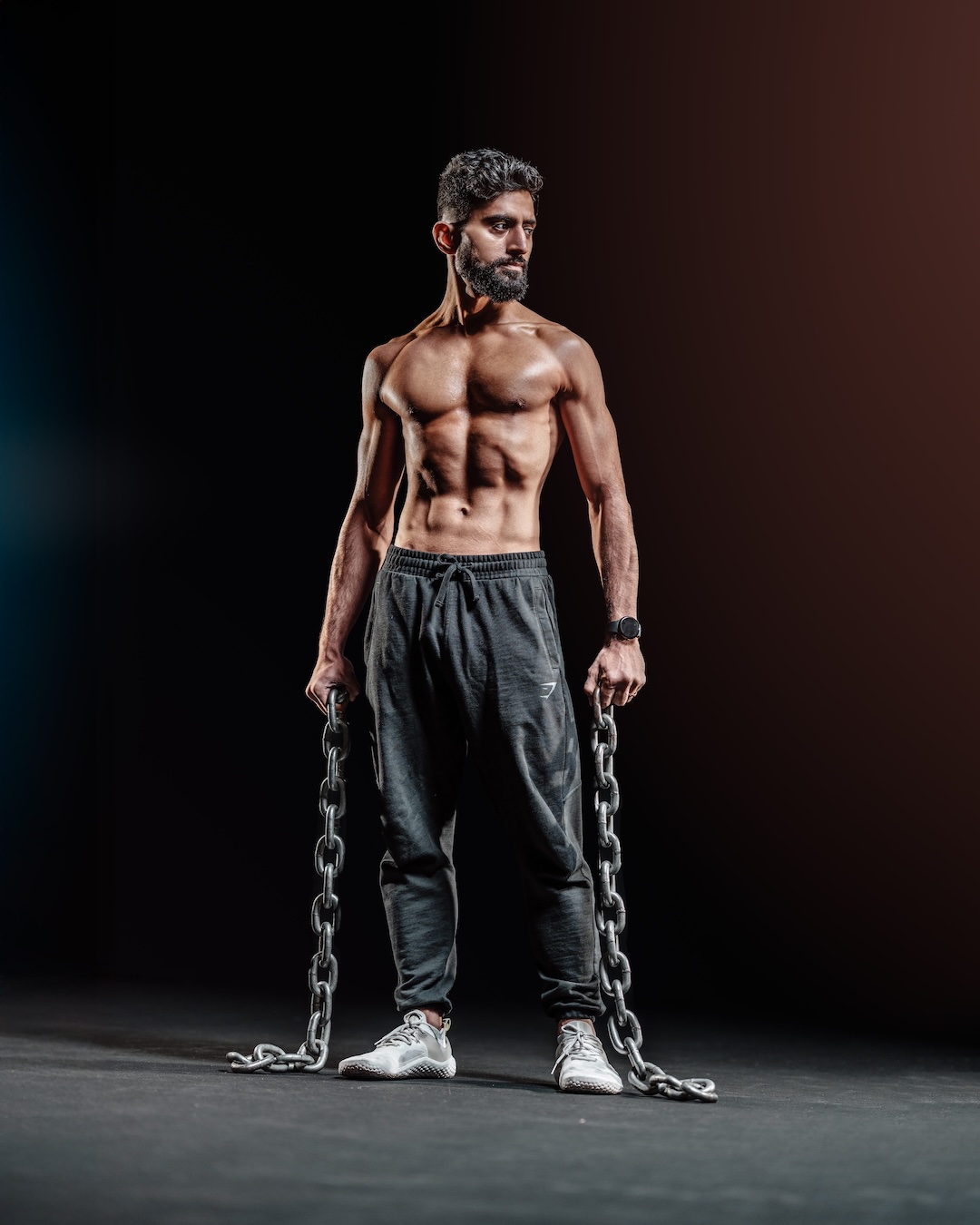Exercise Part One: Why Movement Matters
June 16, 2025
Exercise is the most potent longevity drug we have.
- Dr Peter Attia
Movement isn't optional for humans - it's essential. Our bodies are built to walk, lift, reach, twist, and carry. For most of history, survival depended on it.
But in our modern world of prolonged sitting, function degrades: muscles weaken, joints stiffen, metabolism slows. A sedentary lifestyle significantly increases the risk of conditions such as heart disease and type 2 diabetes. A 10-minute grocery delivery is convenient, but your body doesn't like that - it misses the chance to move, strain a bit, and stay sharp.
Movement's Magic: Stress, Recover, Adapt
Nearly every change in the body - from muscle growth and better endurance to improved balance, hormone function, and brain health-follows the SRA cycle:
- 1. Stress: We challenge the body through movement - lifting weights, sprinting, or climbing stairs.
- 2. Recovery: We rest and refuel (sleep for muscle repair, balanced nutrition for energy and tissue building, hydration to aid recovery, and stress management).
- 3. Adaptation: The body rebuilds - repairing damaged tissues, increasing muscle fiber size, boosting mitochondrial density, and refining neuromuscular connections - resulting in greater strength, endurance, and resilience.
 The SRA (Stress, Recovery, Adaptation) Cycle
The SRA (Stress, Recovery, Adaptation) Cycle
Skip or cut short any step, and progress stalls or even reverses. Without stress, there's nothing to adapt to. Without recovery, stress becomes
damage.
This cycle underpins every movement you do and has been derived from Hans Selye's landmark work in 1950 which introduced the concept of General Adaptation Syndrome (GAS).

Result of many SRA cycles - Photoshoot at 9.2% body fat, April 2025.
How Movement Rebuilds the Body
Medicine can treat symptoms, but movement rewires your body systems from the ground up. There have been countless studies showing how exercise improves different systems in the body. Below, I am listing some important ones, with reference studies as well:
Metabolic and Heart Health
Exercise helps your body use insulin better, so blood sugar stays in check, even after you have been diagnosed with diabetes. Furthermore, people who move more are much less likely to develop diabetes in the first place.
It also keeps your heart strong. The PURE study, one of the biggest on this topic (130,843 participants from 17 countries), proved that movement, regardless of type or geography, is a powerful predictor of longevity and heart health.
Brain and Mood
Your brain loves movement. Regular exercise enhances brain health by increasing growth factors like BDNF, promoting new neuron formation, and reducing inflammation. These changes improve learning, memory, and resilience against age-related decline.
Plus, exercise helps you feel better fast. It raises endorphins and serotonin, our body's natural mood lifters. That's why it's now part of many depression and anxiety treatment plans.
Musculoskeletal and Immune Function
Resistance training's best-known benefit is that it builds muscle, protects bones, and stabilizes joints.
And if you're tired of getting sick, movement helps there too. Exercise immunology is a rapidly evolving field, and now we know that there's a compelling link between physical activity and the body's defense system.
Sleep
As you've probably guessed by now, last but not least, there's credible evidence that moving more can help you fall asleep faster and enjoy deeper, more restorative sleep.
No pill comes close to all this. Your body wants to move.
We are built to thrive on regular activity. When we move, we unlock health and vitality that no prescription can match.
We'll dive deep into how resistance training creates a unique combination of different types of stress (mechanical, metabolic, neuromuscular, hormonal...) in the body and drives the SRA cycle of real, lasting change, which makes it such an effective form of exercise.
- Practical strategies for effective resistance training
- Sample routines you can adapt to your goals
- How to build a program that maximizes adaptation, no matter your starting point
Stay Updated
Get a short, honest post each week on what I learned during my fitness transformation journey.
You'll receive an email with a confirmation link. Click the link to verify your subscription.
Check Your Email
I've sent you a confirmation link. Please check your email to verify your subscription.